The Financial Benefits Tool for the Strengthening Families, Families Protecting Children programme was developed in partnership between Hertfordshire’s Centre for Family Safeguarding Practice and DfE’s delivery partner, Mutual Ventures, with significant input from Leeds and North Yorkshire as well as several adopter authorities.
The tool has helped adopter authorities forecast and track some of the financial benefits of implementing one of the SFPC innovations. The tool has been used to facilitate discussion with local authority members and senior officers on potential financial benefits in excess of (and often far greater than) any additional ongoing costs. The ability to communicate these benefits is an important factor in ensuring ongoing commitment and funding for the innovation after any initial period of grant funding.
The tool projected and tracked financial benefits accrued as a result of four benefit “drivers”: a reduction in the number of young people entering care, fewer Child Protection Plans (CPPs), fewer Child in Need plans, and a reduced reliance on agency social workers. Not all of these drivers were relevant to all of the innovations, so each adopter authority chose which of these drivers to include.
The tool has three key features: benchmarking against statistical neighbours, future projections, and tracking of actual benefits.
Benchmarking against statistical neighbours
Using publicly available data for all English local authorities, the tool provided benchmark information for each driver. This included the numbers of entries to care, children in care, young people ceasing to be in care, placement mix, CPPs, and agency social worker percentage.
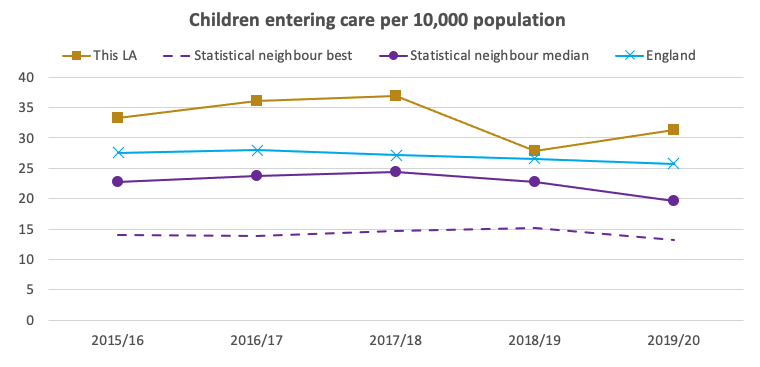
Fig. 1. A chart in the tool that shows an authority’s rate of children entering care over a period of 5 years compared to statistical neighbour and national benchmarks
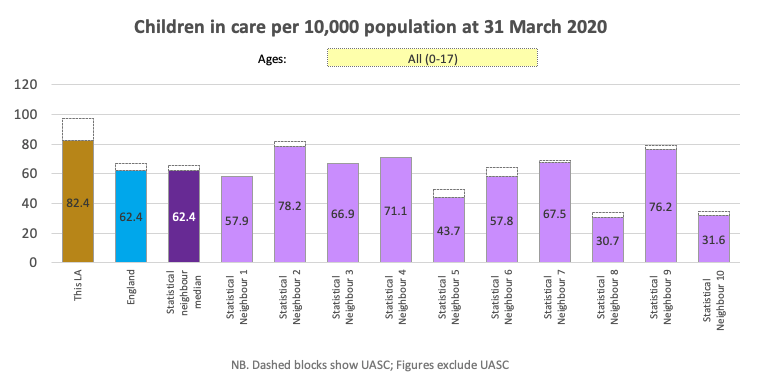
Fig. 2. Another chart in the tool that compares an authority’s number of children in care to its statistical neighbours.
Future projections
The tool required the adopter authority to project up to three future trajectories for each of the benefit drivers. In doing this, they considered the impact observed at other local authorities that were further ahead in their adoption of the innovation. They also considered the scope for change from their own starting point (for example their rate of entries to care per 10,000 children compared to statistical neighbours).
The tool translated an authority’s projected trajectories into an estimated financial impact using a set of unit costs that the authority tailored to reflect its own placement and other costs. The tool used the authority’s historic data to model the impact of reduced entries to care in one year on the number of children in care in future years. This reflected the potential for each individual entry to care to result in costs for several years into the future. This can be particularly significant in the case of children in younger age groups, many of whom remain in care until they are 18.
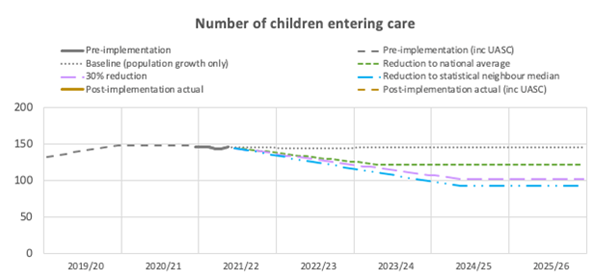
Fig. 3. The tool charts an authority’s projected number of children entering care. The dashed lines show alternative potential scenarios for the rate of reduction.
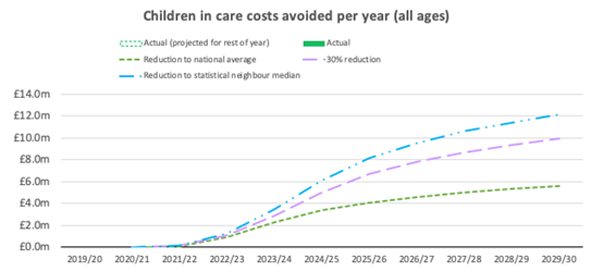
Fig. 4. The tool charts the potential cost avoided based on the projections in Fig. 3
Tracking actuals
Once the innovation had begun to be implemented, the tool allowed the adopter authority to track actual numbers of entries to care, CPPs, etc against the previously projected trajectories. As with the future projections, the tool also estimated the financial impact that these have had in terms of avoided costs.
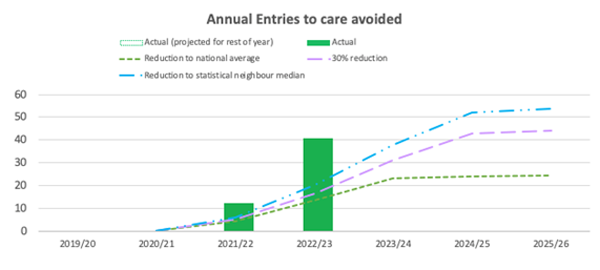
Fig 5. A chart in the tool that compares the actual reduction in entries to care to the authority’s original projections.

Fig 6. A chart in the tool that shows the changes in placements versus the baseline
Tool development
The original financial benefits tool described here was developed in partnership between Hertfordshire’s Centre for Family Safeguarding Practice and Mutual Ventures. Further development of the tool has since been undertaken by the three innovator authorities: Hertfordshire, Leeds and North Yorkshire with support from Lisa Holmes (Professor of Applied Social Science , University of Sussex).
Find out more
For more information about the Financial Benefits Tool and its use in the Strengthening Families Programme, contact Jordan Binedell at Mutual Ventures.
